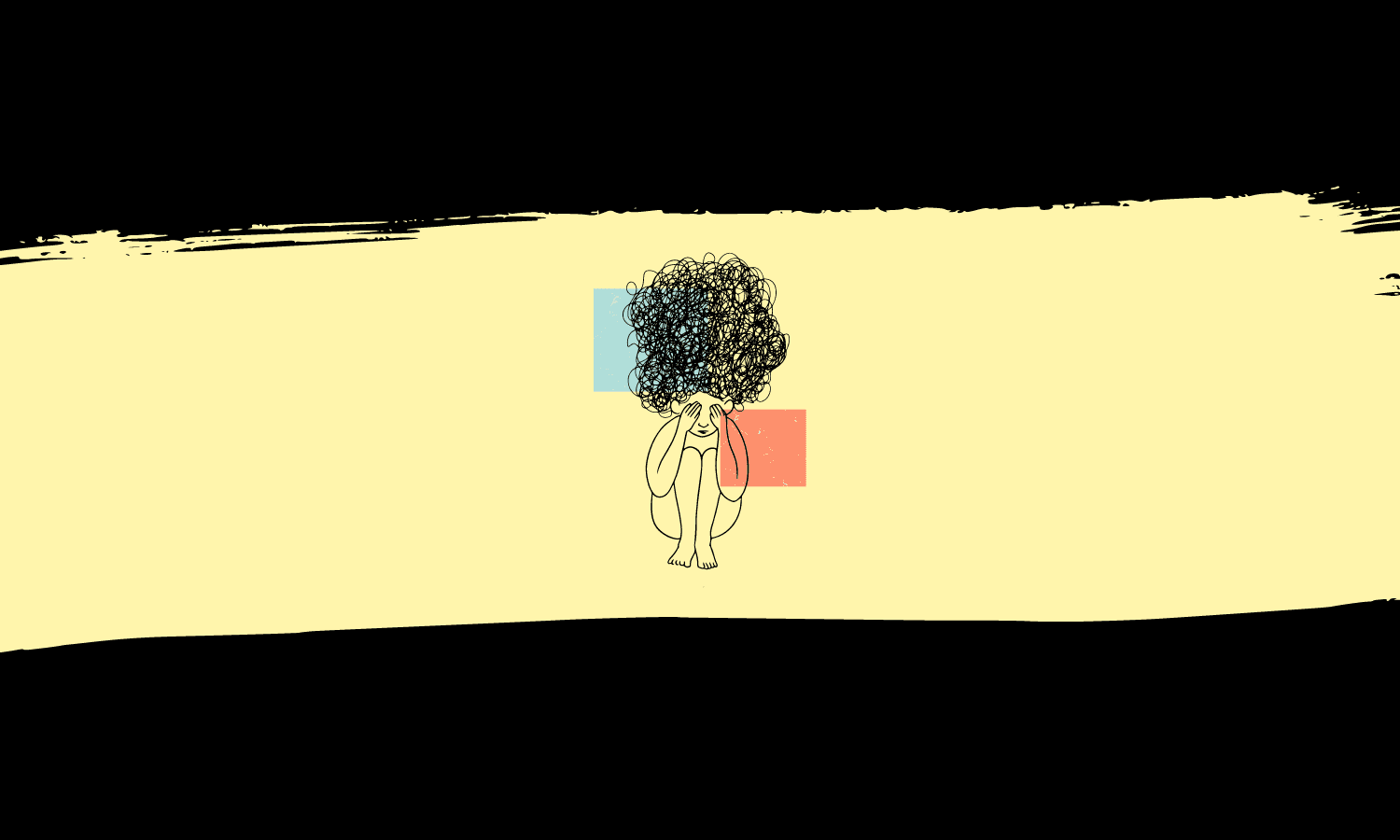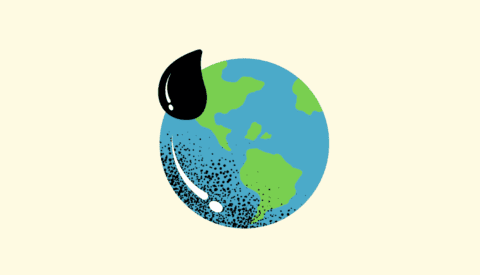The «Vicarious Violence» Plague, An Insidious Way To Target Women And Their Children
In the darkest corners of gender violence there is «violencia vicaria», or vicarious violence, aimed at one person (usually inside a family) to hurt another. It is a devastating shadow over mothers and children. Between silence and invisibility, this form of abuse leads to tragedies and leaves deep scars — and calls for urgent and greater recognition and protection for victims.
Article
2024

Article
What cannot be observed, measured and named doesn’t exist. Identifying phenomena, investigating them and digesting them as a society helps us move forward. Yet sometimes the path from recognizing a problem to implementing effective solutions can be long and tortuous for those suffering, for whom this problem occupies the center of their lives, often devouring everything.
That is what has happened with «violencia vicaria», or vicarious violence, a term coined in 2012 by the Argentine psychologist and forensic expert Sonia Vaccaro to refer to violence «directed against one person (usually children) to hurt another (the mother)». Years later, after several mediatized cases in Spain, this concept has gained resonance.
Vaccaro said that gender violence underwent the same process: «At first, only physical violence was understood, but over time it was understood that other types, such as psychological abuse, symbolic abuse also existed, and among these is vicarious violence».
At the MAMI victims’ association, Rosalía González has observed that women «are giving it a name and identifying more what happens to them».
A kind of gender violence
Vicarious violence is categorized by researchers as gender violence, in the sense that it is directed against women and indirectly against the children.
That does not mean that there aren’t mothers who abuse and kill children; mothers commit a significant number of filicides and neonaticides. According to a recent study, most women who have committed these crimes faced «complex psychological, social and personal circumstances» and, «they usually regret their act and regret not having sought help from their family and health professionals».
But are there cases of these crimes carried out by a woman out of revenge against her ex-partner? Perhaps, but it is important to highlight that no social pattern has not been identified in this case, contrary to vicarious violence by men against women.
But what happens when vicarious violence finds its way into the private sphere of families? What is the dynamic? Is there a profile of the aggressors and of the victims? Where are the roots of this problem and what can we do about it?
What usually makes headlines are extreme cases of vicarious violence – the murder of children to irreversibly harm the mother – which according to data from April has already claimed 57 lives in Spain since 2013, the reality is that the most common form is regular or everyday vicarious violence.
The aggressor turns the children into mere objects and instruments to harm the woman
That kind of violence involves various strategies, such as physical violence against the mother or the children, sexual violence against women, psychological manipulation, discrediting and degrading the figure of the mother, withdrawal of financial aid, denial of parental authorization for any medical treatment needed by the child, as well as neglecting the children or putting them in danger, intimidation, threats to remove custody or make it impossible to see the children again… the list is very long.
The ultimate objective of such acts is «to subjugate the woman because the man believes he has the right, that he is legitimized to do so», says Bárbara Zorrilla, a psychologist specialized in gender violence. «Many women think that [the gender violence they suffer] will disappear once their relationship ends. But when children are involved, they discover not only that does it not end, but that it begins to take much more serious forms».
As Vaccaro explains in her book Violencia Vicaria. Hitting where it hurts the most, at the center of this violence is the maintenance of «power, control and submission relations» by the aggressor after the separation, turning the children into mere objects and instruments to harm the woman.
In fact, one mission of MAMI and other victims’ associations is to work on the «feeling of guilt of the mothers» and «to make them understand that their children are weapons» that «their abuser is going to use», González says.
No typical profile
It is tempting to ask whether there is a profile of the typical aggressor or victim of daily vicarious violence. And the answer is simple: «There is none», Zorrilla says.
The Spain-focused study Vicarious Violence: An irreversible blow against mothers has provided some data on the men who exercise extreme vicarious violence and end up murdering minors. According to this profile, the aggressor is between 30 and 50 years old, of Spanish nationality in 68% of the cases, and has a broad range of educational background.
Data show a fairly similar number of employed and unemployed men; most are separated, divorced or are undergoing separation. In 82% of cases, the perpetrator of the crime is the biological father of the victims and most do not show alcohol or drug use or mental psychopathology, although those may occur in some cases, which aggravates the risk. Finally, 74% of them have a history of gender violence against the mother of the children.
In general, when it comes to extreme vicarious violence, research and empirical evidence are still lacking, for example, on the behavior of the aggressors after the murder, as 48% of them take their own lives or try to do so.
«According to most professionals, this behavior is highly rejected by society and the perpetrators are unable to accept the consequences. It has nothing to do with repentance, but with this social sanction», Zorrilla says. She believes there are also common traits in abusers, such as low tolerance for frustration and, sometimes, an inability to control impulses, which influences their behavior.
Patriarchal problems
«In the end, these men have a personality and a way of understanding the world where the woman is the center. They are extremely dependent, even if they don’t seem to, and they seek to establish that same dependence in their victims in order to have more control and dominance. They need to feel that power, and when the victim disappears, so does that power and their whole meaning in life», Zorilla says.
Vaccaro talks about a lack of repentance and empathy, and the absence of a true father-child bond. The murderer does not commit suicide in the clinical sense, implying the end of a suffering, Vaccaro says, using the Greek myth of Narcissus to explain the egocentrism and narcissism of this type of man: «Killing is a way to display their power, to show that they’re the ones who decide on the life and death» of their offspring, which they consider their property, and «they will avoid giving answers and explanations about their actions».
The roots of vicarious violence come from the Roman family model
Vaccaro’s conclusions resonate with the roots of vicarious violence, which, she says, come from the Roman family model, where the figure of the paterfamilias had absolute power over his wife and children, considered as objects and not subjects.
Research carried out in the United Kingdom came to similar conclusions: Today’s phenomenon stems from patriarchal and archaic family structures where men who commit vicarious violence «associate the family with their masculinity, valued and considered as an achievement of power».
Protecting the victims
On the other side of this dark corner of historical inheritances and human psyche are the victims and a society that, although making progress on their protection, is still failing them. With extreme violence «there is nothing to do, it reflects the failure of the system», Vaccaro says.
According to the report Vicarious Violence: An irreversible blow against mothers, the majority of the murdered children were between 0 and 5 years old, and 96% had never received an evaluation from a professional psychological or social services about their situation. Although in 20% of the cases, authorities had been alerted about the danger, none of the victims were under active protection.
The psychological impact of daily vicarious violence on minors who suffer this exploitation is devastating. It depends on various factors such as «the time of exposure, the type of maneuvers, the social circle and whether or not they are aware of being used», Zorrilla says, noting the developmental consequences at all levels, post-traumatic stress and a negative impact on attachment, among many other symptoms, which do not fade with time and continue into adulthood.
As to the mothers who are experiencing a situation of vicarious violence, MAMI’s González recommends these women «adopt a zero contact strategy, not to negotiate with their abuser, not to answer destabilizing emails», as well as empowerment and self-care. «Our philosophy is to take care of ourselves in order to be able to fight» and not to give up, «choosing to live, to live happily».
What can be done?
Today, experts agree that vicarious violence is increasing, although it remains difficult to identify and report, which makes it even more urgent to continue working on preventing it. Clear progress has been made «in terms of rights and protection of the children, law reforms, and the creation of resources and teams of experts, but it is clearly insufficient», Zorrilla says.
The studies and sources consulted in Spain call for greater efforts on the part of the administration and the justice system to prevent institutional violence. Gender violence is often invisibilized, women feel questioned and judged, accused of false parental alienation syndrome and ruined by judicial processes.
The rights of the father continue to prevail over the well-being of the minors
The rights of the father continue to prevail over the well-being of the minors, there is a lack of listening and credibility given to the children’s story and more research, precautionary measures and economic resources are needed. For all these reasons, it is very important that institutions fully accept «the fact that a mother of minors suffers gender violence puts her children at serious risk», Vaccaro says.
Improving justice, where the processes are also very long, is key, says Zorrilla, when we see how «the abusers claim custody of their children, not as a desire to maintain a bond, but as a way of continuing to extend the violence they inflict on the mother through these children».
The collaboration of health and educational centers is essential, as well as research and raising awareness. Greater training in gender perspective is necessary at all levels. And González says that victim support groups and communities are also a compass for mothers, where members feel that «each child is like their own».
This content is part of a collaboration agreement of ‘WorldCrunch’, with the magazine ‘Ethic’. Read the original at this link.






